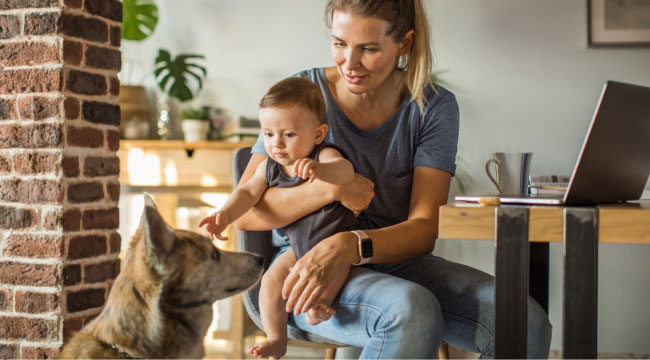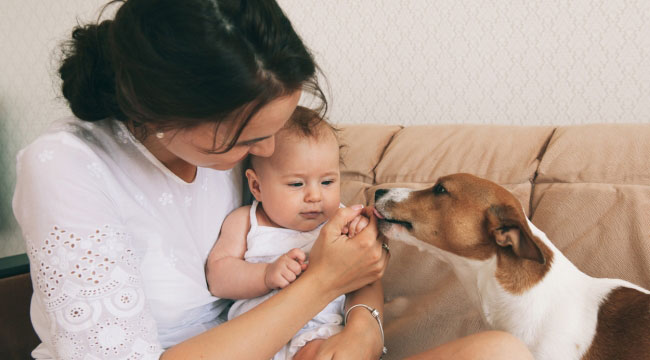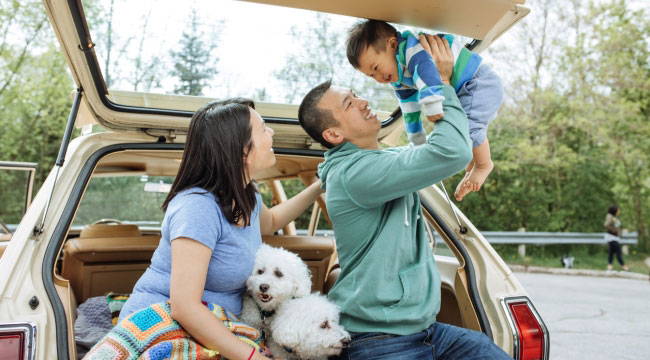Raising children and dogs together could be an enriching and rewarding experience for everybody involved.
A well-socialized dog can teach children about responsibility, empathy, and the importance of boundaries, while kids can provide an abundance of affection and a focus for his or her furry friend. Nonetheless, navigating the dynamics between kids and dogs could be difficult for folks.
This text offers practical suggestions and insights to assist families raise children and dogs together, fostering a harmonious and nurturing environment.
Constructing a Strong Foundation
Early socialization
To make sure a successful relationship between your kids and dog, it’s crucial to begin the socialization process early. Introduce your dog to children, people of various ages, and various environments.
That is an incredible method to help your dog learn to be social and cozy around children.
Establishing boundaries
Teach your kids to respect the dog’s personal space and belongings, resembling food, toys, and bed. This can prevent misunderstandings and promote peaceful coexistence.
For guidance on the way to establish these boundaries, try resources and discuss with experts like a Bonney Lake Veterinarian, who can offer advice on pet care and behavior.
Training
When living in a household with children, it is very vital that a dog has at the least probably the most basic obedience training.
Invest time in teaching your dog essential commands, resembling “sit,” “stay,” and “leave it.” This can create a protected environment on your kids and your dog.
Teach empathy
Encourage your kids to place themselves within the dog’s “paws” to higher understand their needs and emotions.
This can help them recognize when their furry friend is drained, scared, or uncomfortable.
Assign responsibilities
Giving your kids age-appropriate responsibilities related to the dog’s care will teach them about accountability and compassion.
Younger children will help with feeding, while older kids could be in control of walking or grooming the dog.
Foster communication
Teach your kids to read and reply to the dog’s body language, resembling wagging tails, growling, or raised hackles.
This can enable them to interact safely and confidently with their canine companion.
Stopping and Addressing Conflicts
Develop a “protected zone”
Designate an area in your house where your dog can retreat once they need time alone. This can help prevent conflicts and provides your dog a way of security.
Supervise interactions
All the time monitor your kids and dog once they’re together, especially during playtime. This means that you can intervene if needed and ensure everyone’s safety.
Manage expectations
Remind your kids that dogs have different needs and limitations than humans. This can help them understand that dogs may not all the time need to play or be touched.
Address issues promptly
If conflicts arise, address them immediately and calmly. Discuss the problem along with your children and involve them to find an answer to forestall further problems.
Celebrating the Bond
Plan family activities
Include your dog in family outings and activities, resembling mountaineering, picnics, or visits to dog-friendly parks. This can strengthen the bond between your kids and their furry friend.
Capture memories
Encourage your kids to create a scrapbook or photo album featuring their favorite moments along with your dog. This can function a keepsake of their cherished friendship.
Recognize milestones
Have fun your dog’s achievements, resembling graduating from obedience school or overcoming a fear. This can reinforce the importance of supporting and nurturing the one you love pet.




